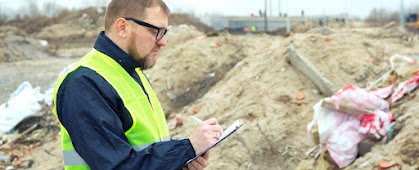Hazardous Waste and Rubbish Removal Services in Adelaide that Comply With All Local and State Regulations

Hazardous waste is becoming more of a problem in Australia and around the world, both in terms of production and disposal. Medical waste, radioactive waste, sharps, oils, insecticides, pesticides, batteries, pant products, acid, ammunition, and other potentially hazardous materials are examples of hazardous waste. It can take the form of a solid, liquid, or gas and should not be disposed of in a landfill because it is hazardous to the environment as well as to people's health and safety. As a result, hazardous waste disposal in Adelaide should be done with caution to ensure that it is disposed of properly and treated in accordance with the law. You will need to hire professional hazardous waste disposal in Adelaide service provider who has a trained crew, the necessary equipment, tools, and facilities to deal with your hazardous waste. Adelaide Waste and Recycling Centre is a reputable provider of hazardous waste disposal in Adelaide, providing compliant solutions to any hazardo...


